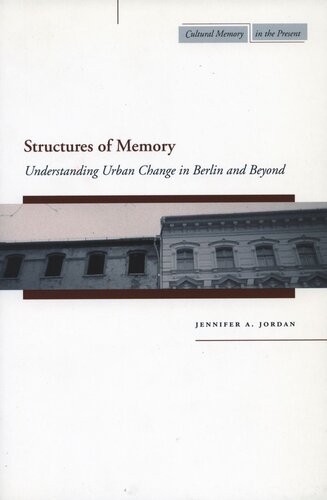

Most ebook files are in PDF format, so you can easily read them using various software such as Foxit Reader or directly on the Google Chrome browser.
Some ebook files are released by publishers in other formats such as .awz, .mobi, .epub, .fb2, etc. You may need to install specific software to read these formats on mobile/PC, such as Calibre.
Please read the tutorial at this link: https://ebookbell.com/faq
We offer FREE conversion to the popular formats you request; however, this may take some time. Therefore, right after payment, please email us, and we will try to provide the service as quickly as possible.
For some exceptional file formats or broken links (if any), please refrain from opening any disputes. Instead, email us first, and we will try to assist within a maximum of 6 hours.
EbookBell Team

5.0
108 reviewsIn many different parts of the world people cordon off sites of great suffering or great heroism from routine use and employ these sites exclusively for purposes of remembrance. The author of this book turns to the landscape of contemporary Berlin in order to understand how some places are forgotten by all but eyewitnesses, whereas others become the sites of public ceremonies, museums, or commemorative monuments. The places examined mark the city’s Nazi past and are often rendered off limits to use for apartments, shops, or offices. However, only a portion of all “authentic” sites—places with direct connections to acts of resistance or persecution during the Nazi era—actually become designated as places of official collective memory. Others are simply reabsorbed into the quotidian landscape. Remembering leaves its marks on the skin of the city, and the goal of this book is to analyze and understand precisely how.